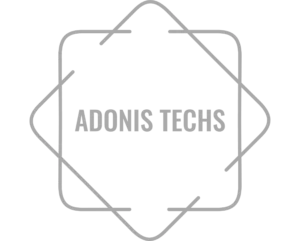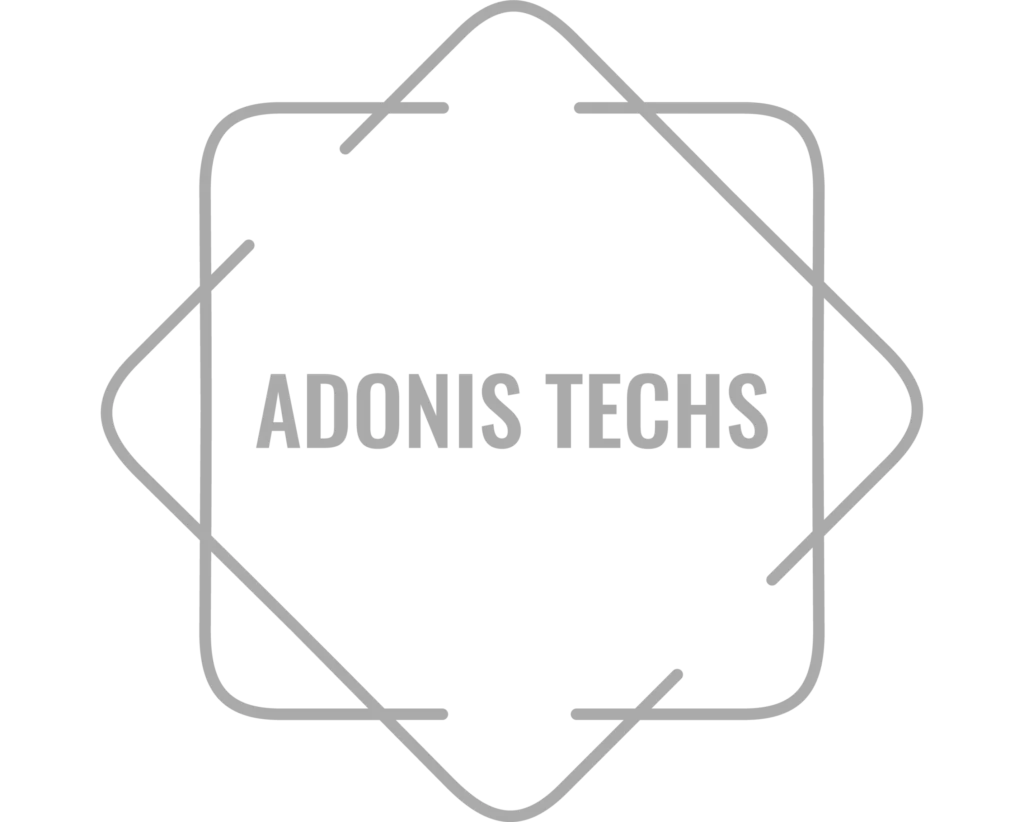In logistics, visibility means control. Without it, shipments get delayed, customers grow frustrated, and operations lose trust. A courier tracking portal bridges that gap offering real-time insights from dispatch to delivery.
If you’re planning to develop a custom portal for your courier or logistics business, understanding its architecture, features, and cost structure is crucial.
Why Courier Companies Need Custom Portals
Generic tracking tools often fail to meet unique operational needs like route optimization, driver accountability, and multi-branch coordination.
A custom web development approach lets you build a portal tailored for your exact workflows scalable, secure, and customer-friendly.
Custom systems also support seamless integration with CRMs, ERPs, and accounting software, helping you automate more and manage less.
For technical direction, you can explore the foundations outlined in Web Development and Portal Development.
Key Features of a Courier Tracking Portal
Building a courier portal involves merging logistics intelligence with intuitive web design. Here are must-have modules:
1. Customer Dashboard
- Create and track orders
- View delivery status with live map tracking
- Receive notifications on pickup, in-transit, and delivery updates
2. Admin Dashboard
- Manage couriers, routes, and vehicles
- Assign shipments automatically based on zone or load
- Generate analytical reports (time-to-deliver, order volume, etc.)
3. Driver/Agent App or Panel
- Receive assigned tasks
- Update pickup/delivery status in real time
- Upload proof of delivery (signature, photo, or barcode scan)
4. API Integration
- Connect with SMS, WhatsApp, or push notification systems
- Link to payment gateways for prepaid deliveries
The Workflow Explained
- Order Creation: Customer or admin enters parcel details.
- Courier Assignment: System auto-assigns the nearest driver or team.
- Real-Time Tracking: GPS integration updates status across user dashboards.
- Delivery Confirmation: Driver completes order; system updates logs instantly.
- Reporting: Admins access analytics for performance and delivery time insights.
This process can be fully automated using technologies like Node.js, Laravel, and React.
Tech Stack for Courier Tracking Portals
| Layer | Recommended Technologies |
|---|---|
| Frontend | React.js, Vue.js |
| Backend | Laravel, Node.js |
| Database | MySQL, PostgreSQL |
| Maps & APIs | Google Maps API, Mapbox, Twilio SMS |
| Hosting | AWS, DigitalOcean |
This combination ensures both scalability and responsiveness for heavy tracking workloads.
User Experience: The Core of Conversion
Beyond the tech, usability determines adoption. Clean dashboards, quick access to tracking details, and clear progress indicators build trust with both senders and receivers.
For design benchmarks, you can draw ideas from Cool and Awesome Websites – 10 Best of All.
If you’re looking for expertise in visual design and interaction, partner with a Web Design Company in Houston.
Integration & Automation Opportunities
A custom portal development project can integrate:
- Barcode Scanning for pickup and delivery proof
- Geo-Fencing to monitor route deviations
- Analytics Dashboard for logistics performance
- Payment Systems for digital invoicing
- Customer Feedback Forms post-delivery
These integrations not only improve transparency but also reduce operational overhead.
Courier Portal Development Cost Breakdown
Development cost depends on scale, custom features, and integrations.
Here’s a rough breakdown:
- Basic Tracking Website: $3,000 – $5,000
- Real-Time Tracking Portal with Mobile App: $6,000 – $10,000
- Advanced System with Automation & Analytics: $12,000 – $15,000+
For enterprise-level systems, partnering with a top web development agency in Houston, TX, USA ensures the right balance between cost, reliability, and innovation. You can review their approach here.
Marketing Your Courier Portal
Once built, visibility is everything.
Invest in SEO, paid ads, and digital branding to capture leads across B2B and B2C markets.
A Web Development Company in Houston – Digital Marketing Partner can help launch campaigns that align with your service model and target audience.
Conclusion
A courier tracking portal is more than a delivery log it’s a full digital command center for logistics.
By automating status updates, optimizing routes, and improving customer visibility, businesses can reduce delivery errors and scale efficiently.
Custom development is the way forward for companies serious about speed, reliability, and customer trust.
To understand development best practices, you can also visit Adonistechs’ Website Development Services.


